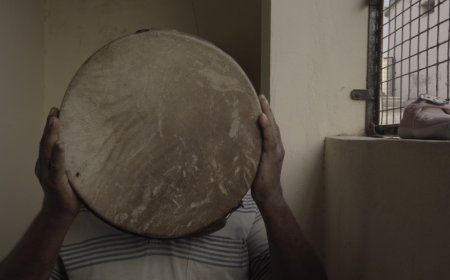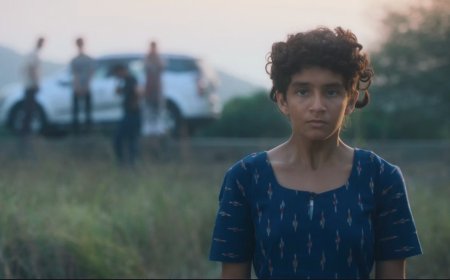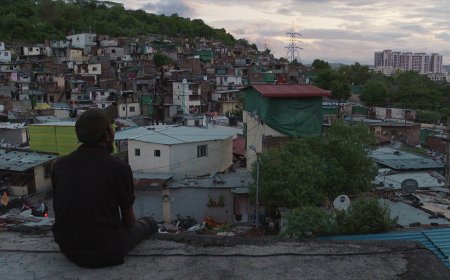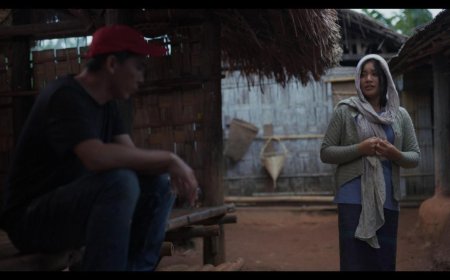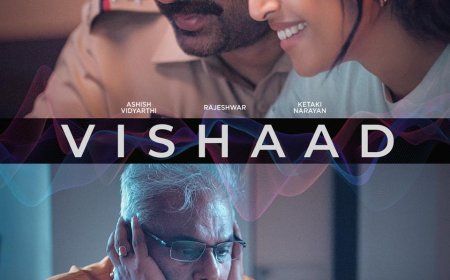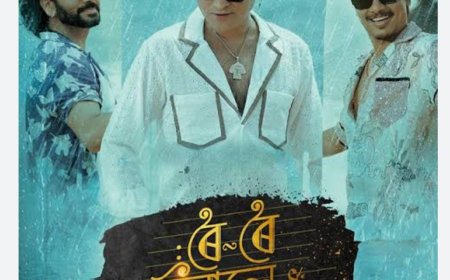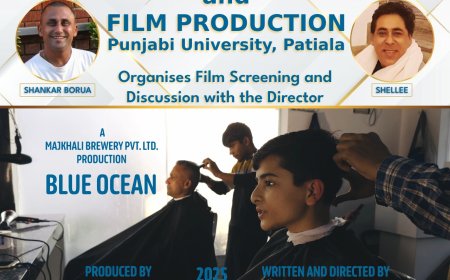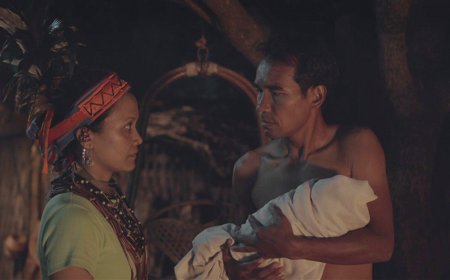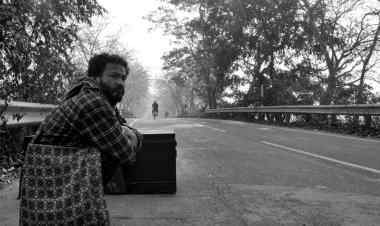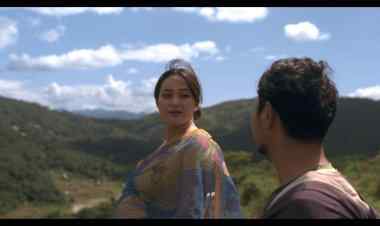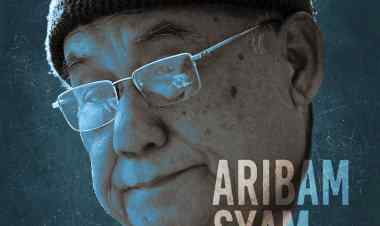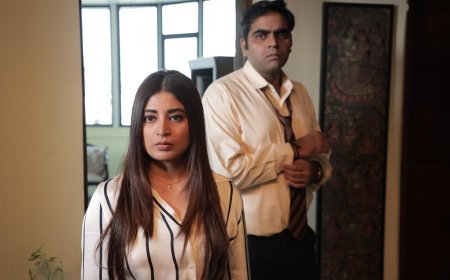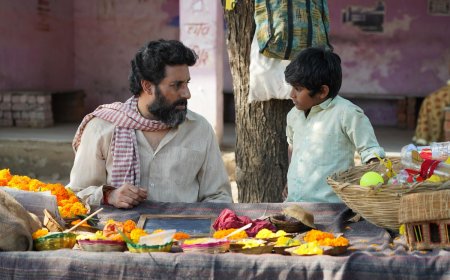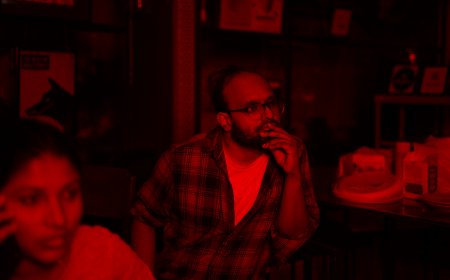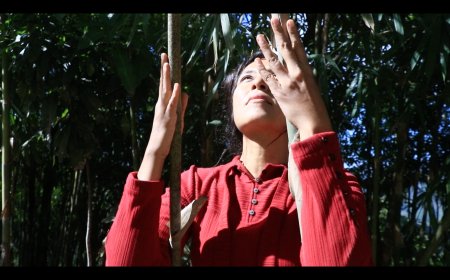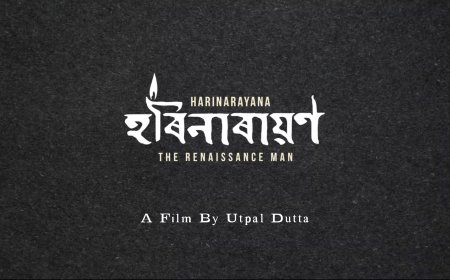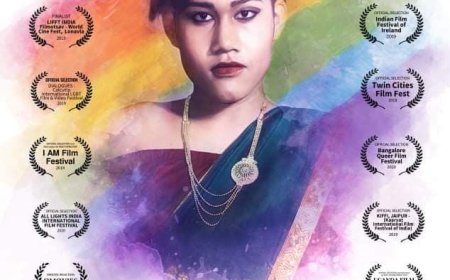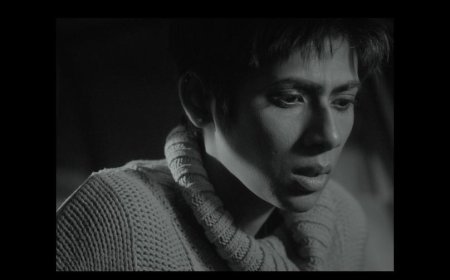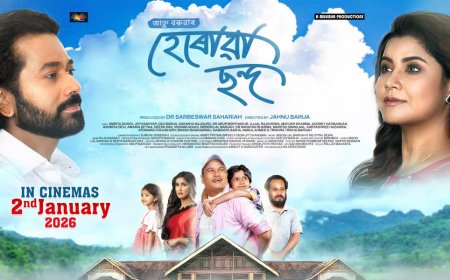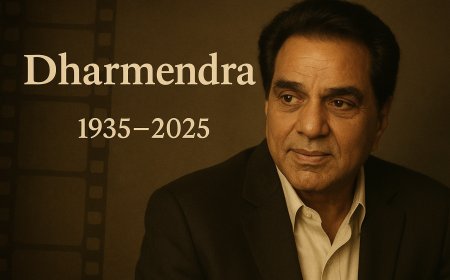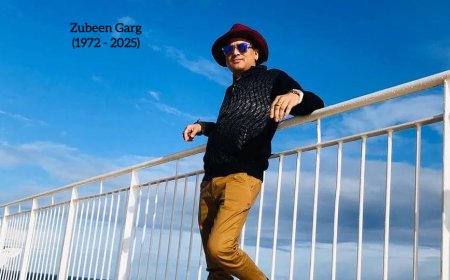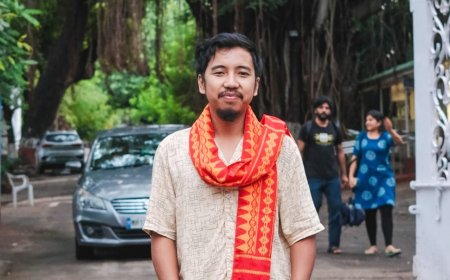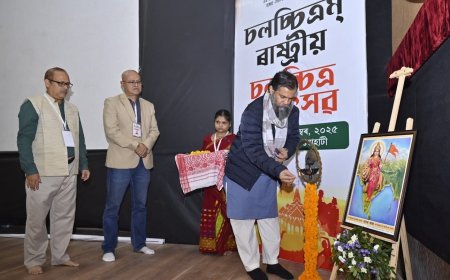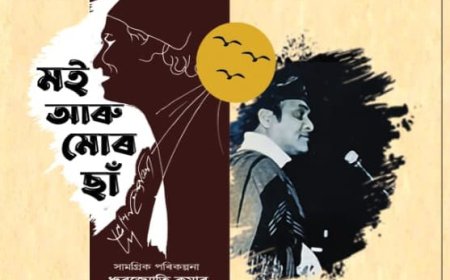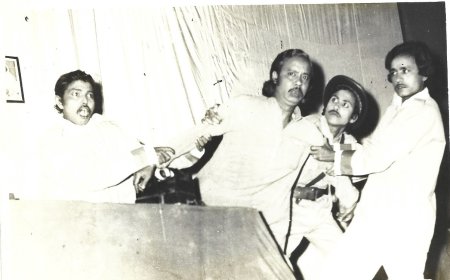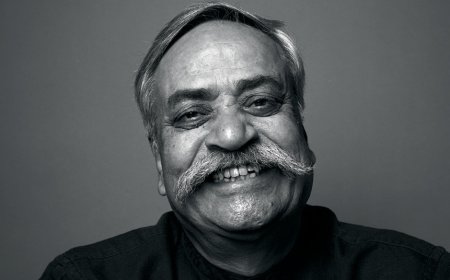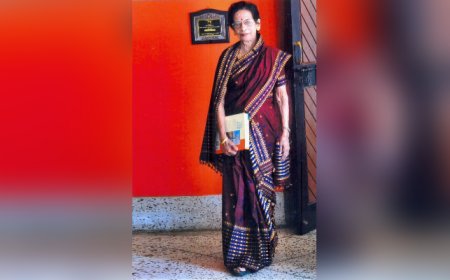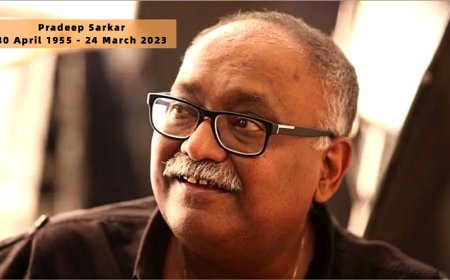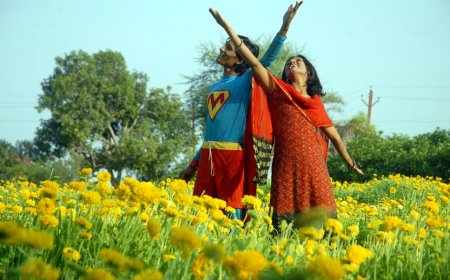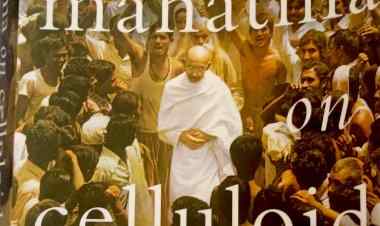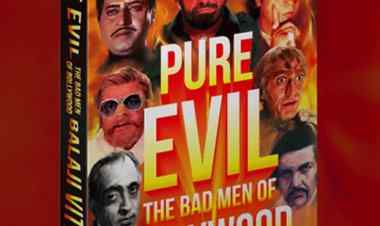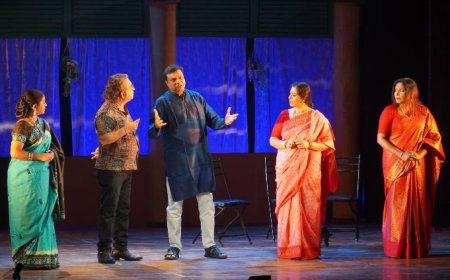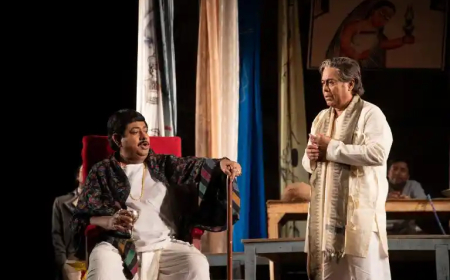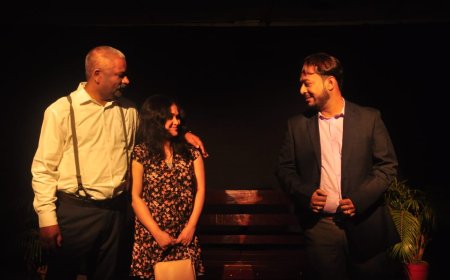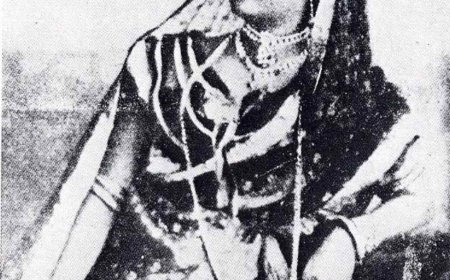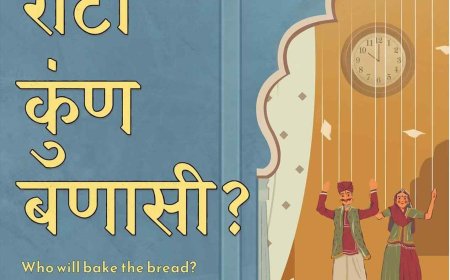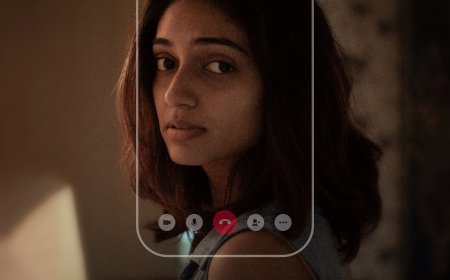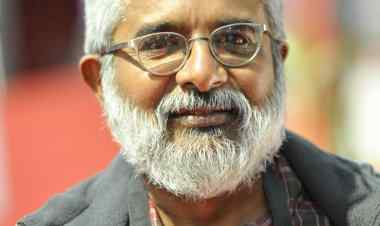Interview with Saumesh Bangera's short film Phas Gaya Sisyphus
Dipankar Sarkar provides an interview with Saumesh Bangera's short film Phas Gaya Sisyphus.

In Saumesh Bangera's short film Phas Gaya Sisyphus, a migrant worker, Hari, has planned to elope with his girlfriend, a local girl, Deepu. As he ventures out of his settlement and heads towards the designated spot, a shortcut leads him into a maze from which he there is no escape. Almost nothing seems to be as it seems in this short. The present and future flow into one another with fluid ease, heightened by the central tension with which the film operates on a theatrical and spiritual level. At once, it raises the work from lightness into a weighty exploration of what to do when time stands still.
Phas Gaya Sisyphus is available on YouTube.
In this interview, Bangera discusses his creative choices, symbolic significance and technical expertise.
How did you choose a career in filmmaking?
While filmmaking isn't yet my full-time career, and one could argue what I do is not even part-time, it's a path I'm excitedly pursuing - Making films when I have time and money. The reason why filmmaking is an obvious choice is because of the medium's infinite storytelling possibilities and its creative process.
A few minutes into the film, we find the meaning of the title from a made-up dictionary. What was its purpose?
The dictionary entry was added after a conversation with my friend Ajinkya, who designed the film's poster. After seeing the rough cut, he pointed out that many viewers might be unfamiliar with the myth of Sisyphus, so the title might sound a bit out of place. To address this without compromising the title, I created a custom definition that defines Sisyphus and sets the tone for the film's weird narrative. Initially considering placing it at the start, our editor Aravind, surprised me by brilliantly inserting the moment Hari takes a wrong turn.
The events in the film center around Hari, a migrant worker, trapped in an endless time loop from which there is no immediate respite. Does the timelessness of his acts reflect the broader struggles of his life?
While external factors like language barriers, caste and class discrimination and isolation play a role, the film focuses on his internal struggles. These include insecurity, doubts, hesitation, fear of judgment, and feelings of unworthiness - all largely products of his years of external treatment- creating an ongoing psychological loop that mirrors many like Hari.
What is the symbolic significance of the tree and the scarecrow in the film?
The tree had practical relevance to the story rather than being symbolic because Hari tried to commit suicide on it. Primarily, what the tree was supposed to do was for utilitarian purposes regarding Hari's suicidal attempt. It is not symbolic. But the scarecrow is much heavier in its symbolisms, from an empty photograph frame to a masked scarecrow that usually guards against evil spirits; now, the scarecrow is supposed to be doing its job-scaring its trespassers. In the context of Hari's story, it manifests his doubts and insecurities regarding societal pressure that pulls him back, while it works as a device in creating the loop thriller structure of the film.
Hari cannot marry Deepu because he is a migrant worker from a different caste. What inspired this choice?
Terms like 'Bhaiyya Nakul' for North Indian labourers in the south, or 'Madrasis' for South Indians in the North, reflect the discriminatory mindset of society at large in especially interacting with its migrant workers. We don't have to look that far for evidence, the pandemic is a testament to the hardships endured by our migrant workers. By exploring a love story between a migrant worker and a local girl, I wanted to highlight how societal biases and internalized insecurities can impact personal relationships, especially when compounded by class and caste barriers.
As Hari exists in the frame, he re-enters from a different entry point, and the process is repeated. It gives us the feeling that everything is happening within the same shot. How did you technically achieve this?
Visually, it was conceived that way. To achieve it, we had to shoot
- Hari exiting
- Only to renter.
- A clean plate and
- Doing the magic in post.
However, we would do the exiting and re-entering shot as much as we could in a single take to maintain consistent lighting and sky conditions. Though we did not have the perfect action and visual match in raw, we did figure out a way to match it in the post.
Would you recommend crowdfunding as a valid option for young filmmakers to make films with distinctive voices? What route shall they take?
Yes, especially regarding a budding filmmaker's first projects. It gives creative freedom that wouldn't be possible otherwise from traditional funding. Its sustainability is very much in question. It could work for one film, but there is no guarantee it would work again. But that is a hopeful option. However, if you are starting and want to make a film with no funds, then crowdfunding can be a game-changer. Because my film was partly crowdfunded, I was able to complete the shoot part with the funds. Also crowdfunding gave me the liberty to make the film that I wanted to. I think budding filmmakers should opt for crowdfunding if they have an exciting screenplay that they can't wait to bring to on big screen. Once you have the screenplay, plan the budget. Set a target. Make artwork or concept posters. Google the crowdfunding platform and find what works best for you. Appeal to people as to why they should crowdfund the film. Share it in your circles and wait.
*****
What's Your Reaction?







